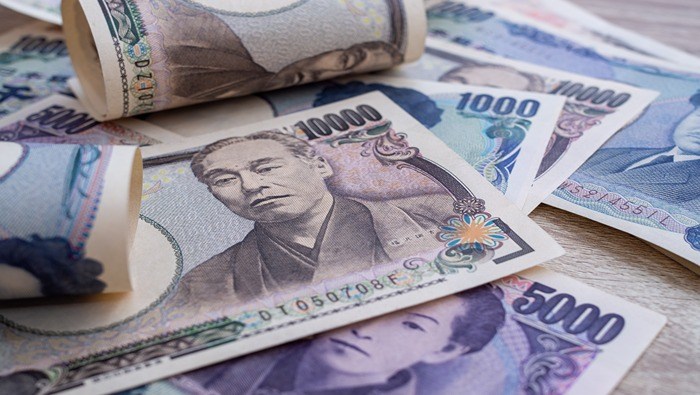Talking Points:
- AUD/USD falls as China’s February trade data crossed the wires
- Exports, in dollar terms, contract at fastest pace since May 2009
- Underperforming data likely fueled near-term RBA rate cut bets
Losing money trading the Australian Dollar? This might be why.
The sentiment-linked Australian Dollar continued its decline against its US counterpart after February’s Chinese trade data crossed the wires. In Yuan terms, exports declined 20.6 percent (YoY), worse than the -11.3 percent estimate and more than the 6.6 percent decline in January. This was the fastest contraction of goods sold to foreign countries since the data began being tracked by Bloomberg in 2014. Imports fell 8.0 percent (YoY), better than the -11.7 percent expectation and slower than the 14.4 percent contraction in January. Combining the import and export figures, China’s trade balance declined to 209.50 billion, the lowest surplus since April 2015.
Shortly after the Yuan figures came out, the same numbers were reported in US Dollar terms. Exports declined 25.4 percent (YoY), worse than the -14.5 percent estimate and more than the 11.2 percent contraction in January. This also marked the fastest pace of export losses since May 2009. Imports fell 13.8 percent, worse than the 12.0 percent estimate and slower than the 18.8 percent decline in January. Subtracting exports from imports, China’s trade balance fell to $32.59 billion, the lowest surplus since March 2015.


As the data crossed the wires, Australian 2-year government bond yields declined. With overnight index swaps pricing in at least one Reserve Bank of Australia rate cut over the next 12 months, the market’s appear to be seeing such an outcome happen sooner rather than later. China is Australia’s largest trading partner. Softening economic conditions in the former nation can create a domino-like scenario in which the central bank in the latter country can ease in response. This relationship is underpinned by the rhetoric from RBA’s March interest rate decision in which they maintained a data-dependent approach to monetary policy.







